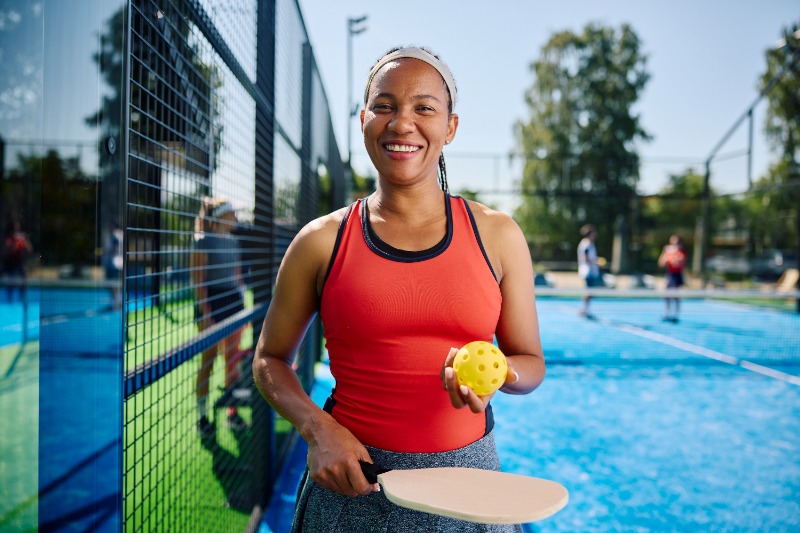Pickleball is exploding in popularity, and it’s easy to see why. With its fast-paced rallies, social vibe, and accessibility for all ages, this paddle sport has taken over parks, gyms, and even retirement communities. But as the game grows, so do the injuries — especially those affecting the lower back and spine.
At the International Spine & Sports Institute (ISSI), we’re seeing more patients experiencing pickleball-related back pain. The good news? With a little prevention and awareness, you can stay in the game and keep your spine healthy.
How Pickleball Can Strain Your Back
Pickleball may look like a low-impact sport, but don’t be fooled. It involves quick pivots, sudden stops, bending, twisting, and repetitive swinging, all of which can place significant stress on your spinal discs and supporting muscles.
Common causes of back pain from pickleball include:
-
- Poor warm-up or lack of stretching
- Overuse from frequent play without rest days
- Improper technique when serving or reaching
- Core weakness, which shifts stress to the lower back
- Underlying conditions like herniated or degenerative discs
Common Pickleball-Related Spine Issues
While some mild muscle soreness after a game is to be expected, persistent or sharp back pain — especially pain that gets worse over time or radiates — could be a sign of something more serious. At ISSI, we frequently see recreational and competitive pickleball players with these spine-related injuries:
-
- Muscle strains: Quick lunges, awkward reaches, and sudden stops can easily strain the muscles supporting your spine. This often leads to soreness, tightness, or spasms that can last for several days if not properly treated.
- Lumbar disc irritation: Bending and twisting movements can place stress on the discs in your lower back. For players with degenerative disc disease (DDD) or a history of back problems, pickleball can accelerate wear and tear, resulting in increased pain or limited mobility.
- Sciatica-like symptoms: Spinal compression, often caused by inflamed discs or tight muscles, can irritate the sciatic nerve and cause sharp, shooting pain down the leg, numbness, or tingling. This is especially common in players who frequently bend or pivot on the court.
- Facet joint inflammation: These small joints between each vertebra help support motion in the spine. Repetitive twisting or overextension during games can irritate these joints, leading to localized pain and stiffness, especially after playing.
If you’re experiencing tightness, tingling, numbness, or pain that travels down your leg, it’s important to seek medical evaluation. These symptoms may point to more than a simple strain, and early intervention can help you avoid long-term complications and get back to playing pain-free.
How to Protect Your Spine While Playing Pickleball
Pickleball is meant to be fun, not painful. These tips can help you enjoy the game while reducing your risk of back injury:
-
- Warm Up Properly. Don’t skip this! Light cardio and dynamic stretches prepare your muscles and joints for quick movement.
- Strengthen Your Core. A strong core stabilizes your spine. Incorporate exercises like planks, bird dogs, and glute bridges into your weekly routine.
- Use the Right Technique. Work with a coach or instructor to refine your swing and footwork. Proper form minimizes unnecessary spinal stress.
- Wear Supportive Shoes. Good footwear provides shock absorption and reduces impact on the spine. Avoid worn-out soles or flat shoes.
- Listen to Your Body. Take rest days, hydrate, and stop playing if you experience sharp or persistent pain. Recovery is just as important as activity.
When to See a Specialist
If you’re regularly experiencing back pain after pickleball, or if your pain is interfering with your mobility, don’t wait. Conditions like herniated discs, spinal stenosis, or degenerative disc disease can worsen without proper care. At ISSI, we specialize in diagnosing and treating sports-related spine injuries using advanced, minimally invasive techniques.
Pickleball should be energizing, not exhausting for your spine. With the right strategies and support, you can protect your back and enjoy the game for years to come.

